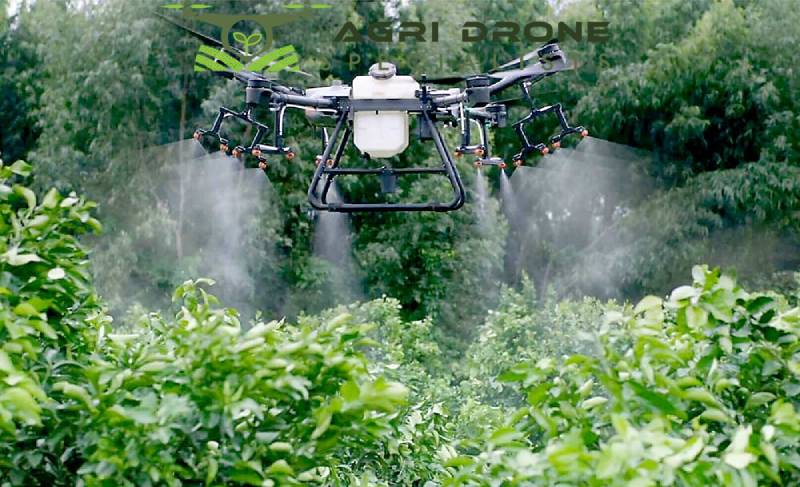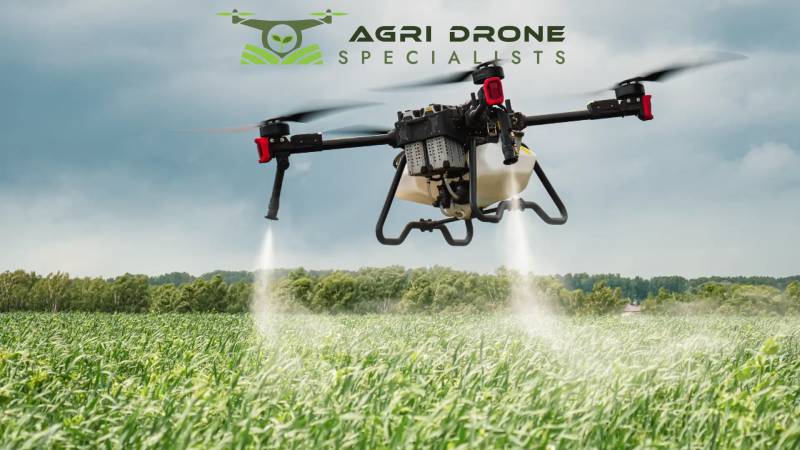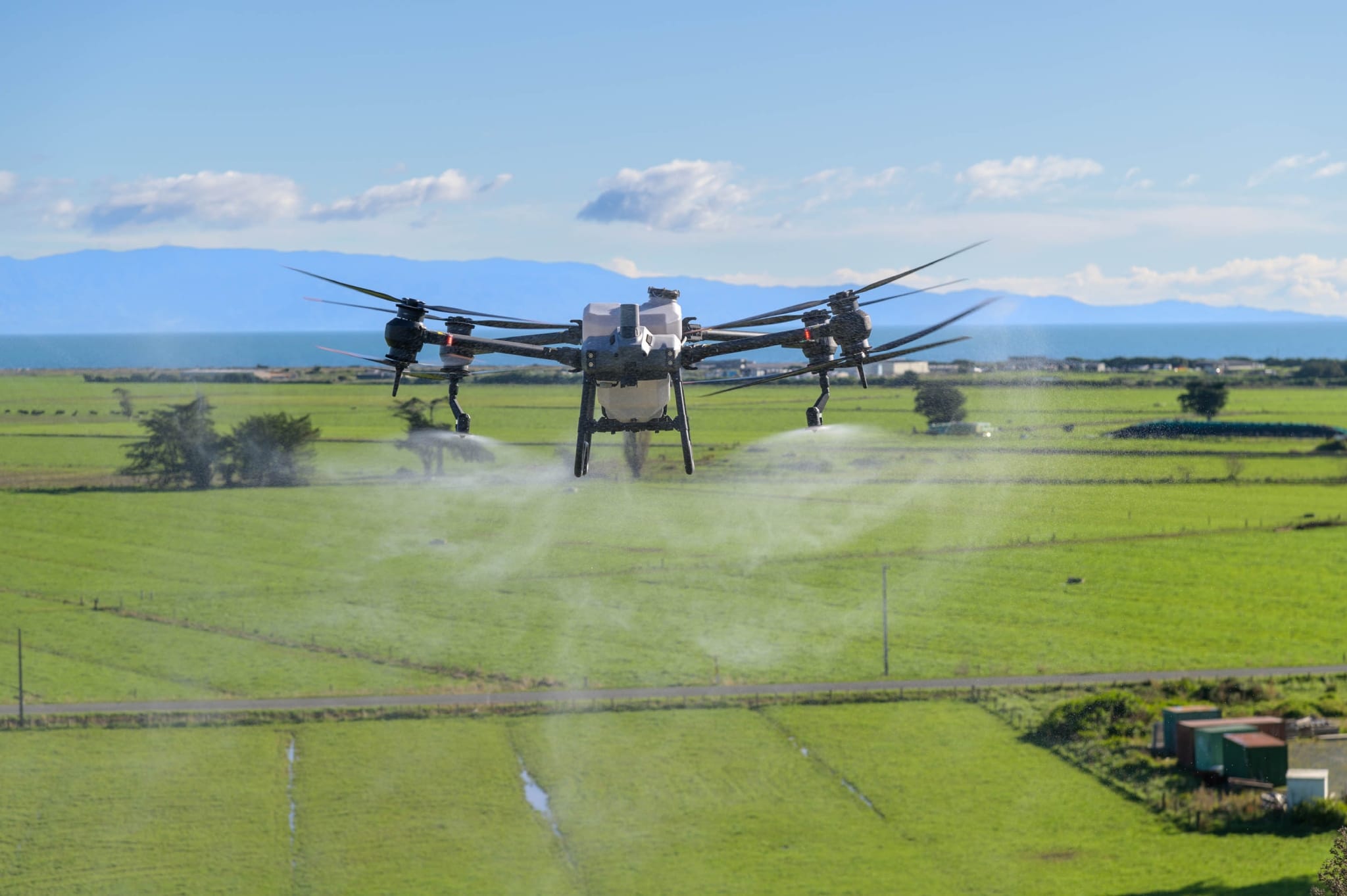Invasive plant species pose a considerable threat to ecosystems, agriculture, and global biodiversity. They can obstruct the establishment and growth of native flora, affecting various ecosystem characteristics, including soil coverage, nutrient cycling, fire dynamics, and hydrological processes. As these plants proliferate swiftly and frequently outcompete indigenous vegetation, the implementation of effective control strategies becomes crucial for the restoration and preservation of impacted environments.
Gorse is notorious for its invasive nature. It has found its way to various regions worldwide, including New Zealand, where it has become a significant problem. Grasses and forbs were the most-studied invasive plant species choking out native vegetation and creating fire hazards. Monitoring & controlling the unwanted plants is an essential footstep in restoring the ecosystem as well. Recently, groundbreaking techniques have been utilized to address the persistent invasive species.

It is essential to comprehend the varying effects of invasive plants and the practical methods for their management within restoration efforts. The control of invasive plants can be classified into three primary categories. These are: mechanical, chemical, and biological. Mechanical control involves the physical removal of plants from their habitat, which can be achieved through methods such as cutting or uprooting. Chemical control entails the application of herbicides to eliminate plants and prevent their regrowth. The specific techniques and chemicals employed will differ based on the particular species involved. The most effective, time-saving and budget-friendly techniques to control invasive plants are Uncrewed Aerial Vehicles (UAVs) or drone technology.
There is excitement about the new yet swift integration of technology into agriculture. You probably notice it. Uncrewed Aerial Vehicles (UAVs) or drones are quickly changing how smart people farm in different parts of Nelson and the wider Tasman Region. It is a novel method and useful technology in reshaping the landscape of invasive plant management. People take advantage of drone technology and use its sophisticated sensing, imaging, and software system to deliver higher precision chemical applications and real-time data on crops and livestock. It can improve yields, lower costs, and keep your employees safe.
We know how challenging it is to drive around dozens or even thousands of acres, looking for and treating weeds or Invasive Plants by hand. Traditionally, the application of pesticides from the air has relied on conventional fixed-wing aircraft or helicopters operated by a pilot. However, this practice is evolving. Small, unmanned aerial vehicles are now being utilized for pesticide application globally. These aircraft are outfitted with a more substantial 10-gallon spray tank featuring multiple nozzles per outlet, enhanced batteries capable of supporting heavier loads, and wireless connectivity. This advancement is essential for optimizing the performance of sprayers.
The advanced Gorse Spraying technology can map vast areas of pastureland using artificial intelligence. It can identify noxious weeds such as thistle and sagebrush. Drones successfully and effectively monitor Invasive Plants & their growth by collecting and delivering real-time data. The high-resolution camera in its, variable flying speeds and altitudes helps in providing a wealth of information on the condition of every half square inch of Invasive Plants & weeds. This will concurrently diminish the likelihood of applicators becoming contaminated by pesticides, particularly for those utilizing backpack sprayers.
A sprayer drone can then spot-treat those areas. It is equipped with mapping technology to provide farmers with detailed topographical data. It will be productive in removing weeds & Invasive plants efficiently. It will target specific invasive plants without harming native species or crops. It will make your pasture more productive while minimizing chemical costs and the environmental impact. The latest innovation in drone spray discharge involves the use of rotary disc atomizers strategically placed beneath large propellers. Our state-of-the-art drone technology helps farmers and landowners tackle the problems related to weeds and invasive plants easily.

The incorporation of innovative Gorse Spraying in Nelson is revolutionising the management of invasive plant species. It will enhance efficiency, sustainability, and precision. By employing cutting-edge technologies such as GIS mapping, robotics, genetic engineering, and integrated pest management strategies, we can more effectively safeguard natural ecosystems, agricultural lands, and biodiversity against the challenges presented by invasive plants. We provide promising solutions for the more effective and environmentally conscious control of invasive species. For more information contact us today!



